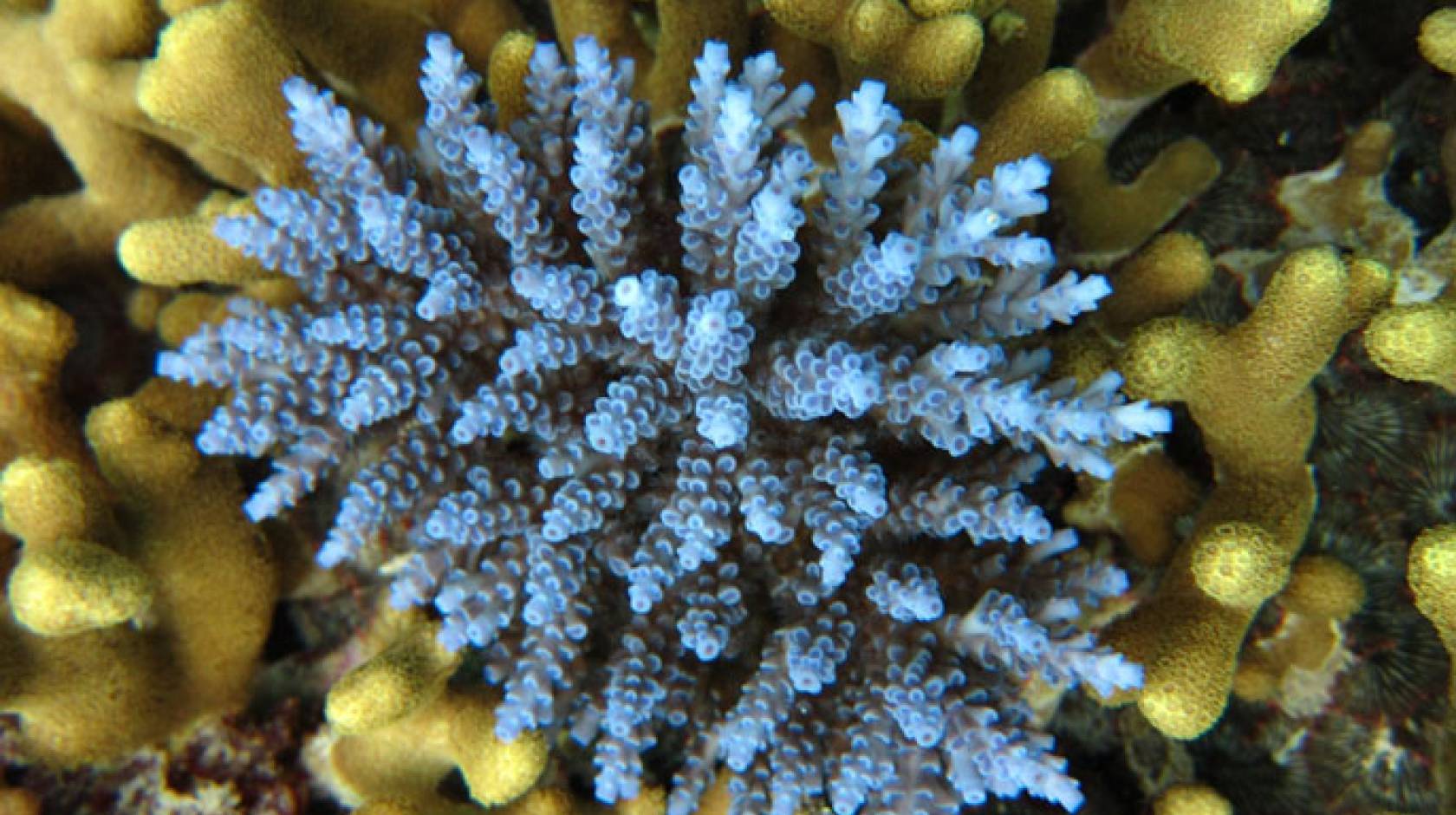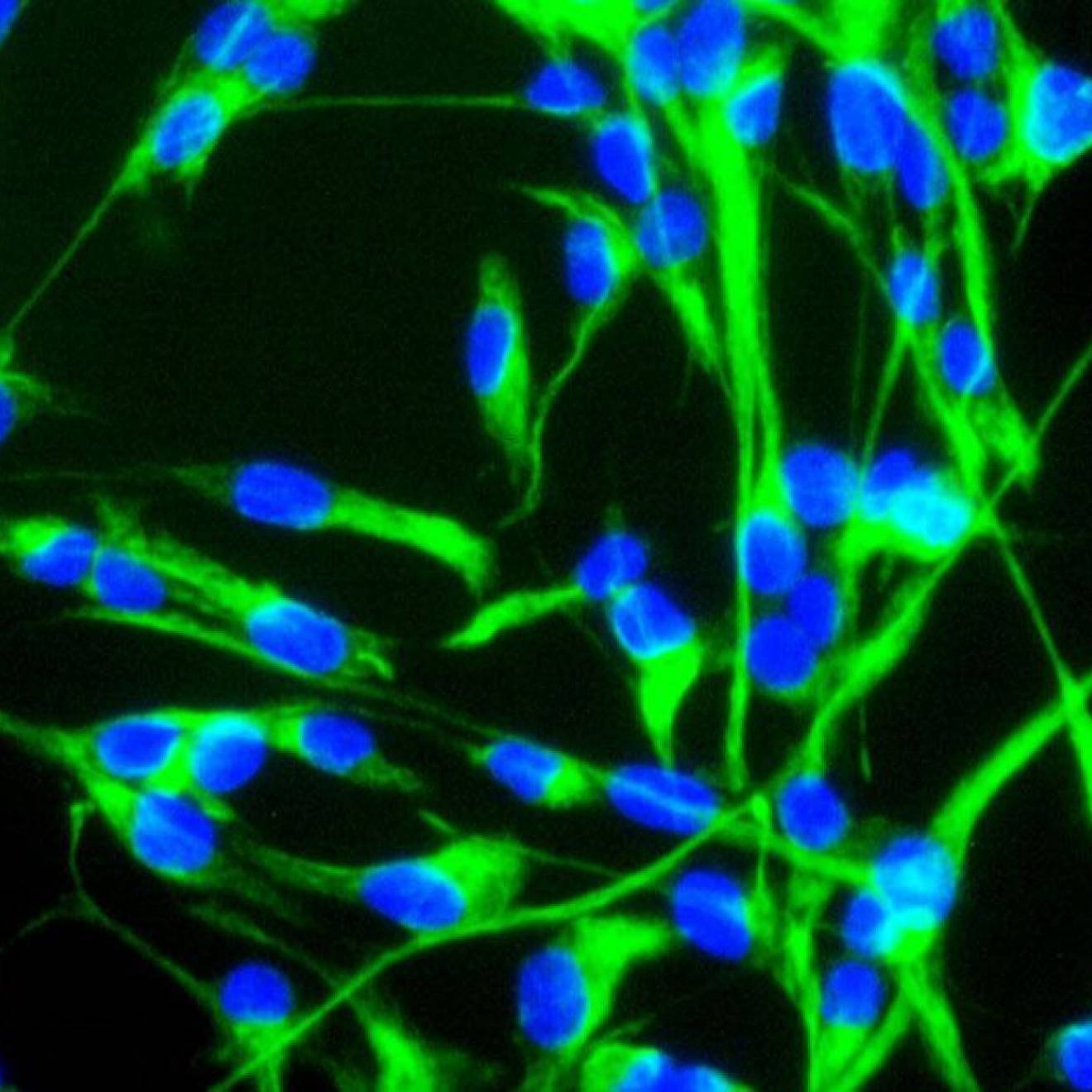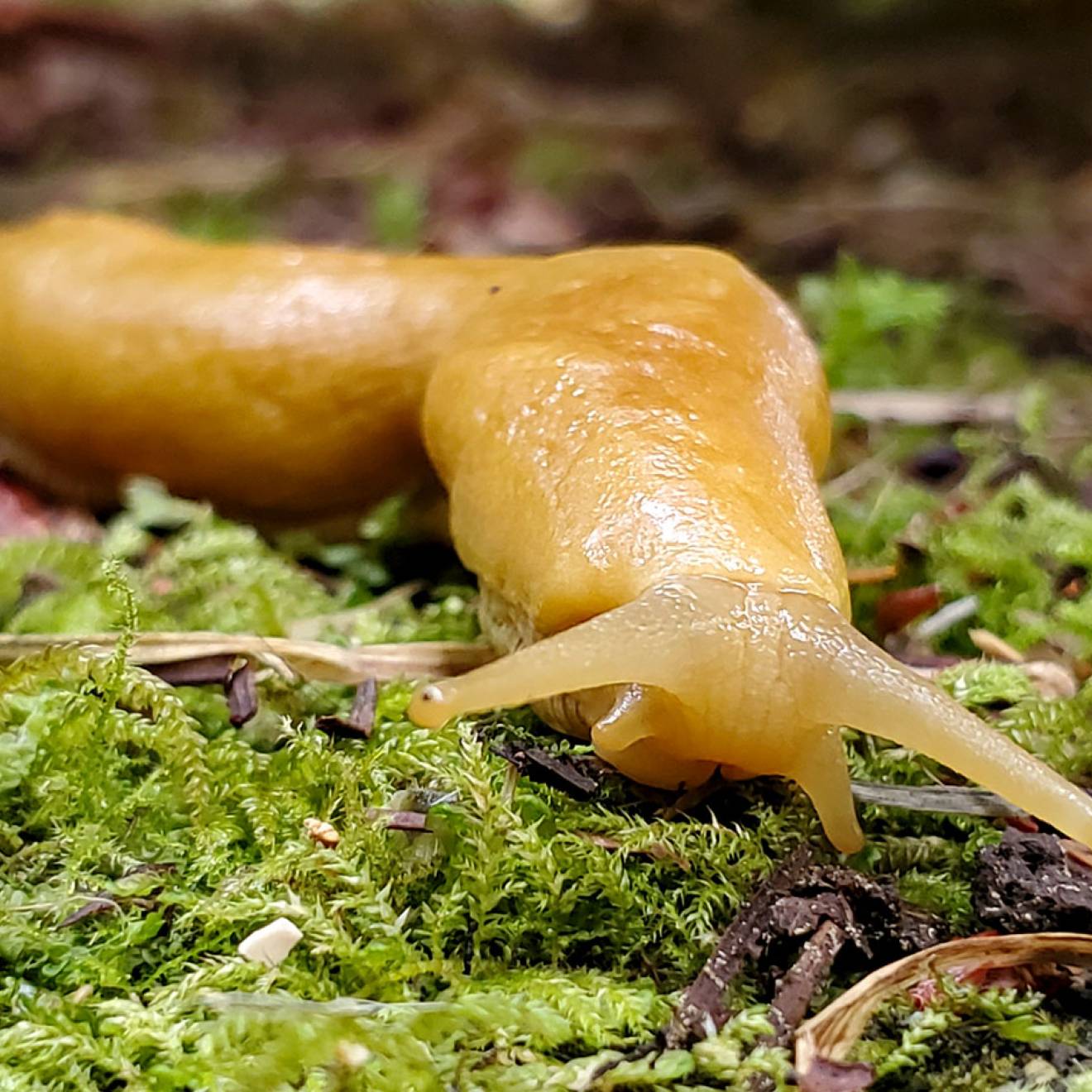Julie Cohen, UC Santa Barbara

Nature has its own economy, with trading as dynamic as that of any stock exchange. To cope with nutrient deficiencies in their respective habitats, certain plants, animals and fungi have evolved partnerships by which they can swap resources.

Credit: Julie Cohen
However, according to a new study by UC Santa Barbara researchers Deron Burkepile and Andrew Shantz, excess nutrient input — or nutrient pollution —creates an imbalance in the interactions between partner — also known as mutualistic — species across a variety of ecosystems. The culprit: nitrogen fertilizers and fossil-fuel combustion. Their findings appear in the journal Ecology Letters.
In a very short period of time, Burkepile noted, humans have short-circuited the tight recycling of nutrients between mutualistic species, and this in turn has changed the balance of how such partners interact.
“That’s especially important because lots of these organisms are the foundation species of ecosystems without which the ecosystem would cease to exist,” said Burkepile, an associate professor in UC Santa Barbara’s Department of Ecology, Evolution, and Marine Biology.

Credit: Deron Burkepile
Take, for example, reef-building coral, which contain tiny algae that allow for rapid growth even when nutrient stores are low. “The presence of coral is what makes a coral reef,” Burkepile continued. “Without the association between coral and its symbiotic algae, you wouldn’t have coral reefs. Rainforest trees are what make those systems rainforests, and interactions with microbes are what drive the success of those plants.
“This research,” he added, “really focused on big important organisms within many different ecosystems, so the problem is a worldwide phenomenon.”
Pollution threatens natural marketplaces
These give-and-take scenarios — as with corals and algae — occur between a phototroph, an organism that makes its own food through the process of photosynthesis, and a heterotroph, which must look to its environment for food.

Credit: Deron Burkepile
But the economic tradeoffs in the natural marketplace are becoming unbalanced by nutrient pollution, most of which can be traced back to nitrogen fertilizers and fossil-fuel consumption. The partners have evolved a reciprocal exchange whereby the heterotroph provides metabolic waste — nitrogen and phosphorus — to the phototroph, which requires these key nutrients to survive. In return, the phototroph supplies its partner with photosynthetically fixed carbon as sugar that the heterotroph uses for energy.
“When you start to add more and more of the nutrients that the animal would normally be providing, the plant is no longer as dependent on that animal for those nutrients and so it starts to return less of the sugars back to the animal,” explained lead author Shantz, a doctoral candidate in the Burkepile Community Ecology Laboratory.
“The effects are actually counterintuitive,” Burkepile said. “If you supply additional nutrients, the plant grows but often at the expense of its fungal partner in the mutualism, creating an imbalance in the relationship with potentially far-reaching implications.”
The researchers analyzed data from more than 300 different experiments conducted in both marine and terrestrial environments, including coral reefs, savanna grasslands, tropical rainforests and managed agricultural fields. They found the same pattern occurring across continents and various ocean locations — as well as across various levels of productivity and diversity — all of which showed shifts in the way symbiotic organisms interacted.
Natural marketplaces can be better protected

Credit: Deron Burkepile
“With increasing nutrient pollution, we saw decreased growth in the fungi or bacteria and increased growth in the plant,” Burkepile explained. “While it seems like it would be good that the plant grows faster, other functions that the fungal or animal partners provide — such as protection against pathogens or drought and assistance in gathering micronutrients like iron — could be compromised. The benefit shifts to the phototroph and this has the potential to reorganize ecosystems by changing their dominant species.”
Reductions of excess nutrient input are possible, and addressing pollution both at global and local levels is important, noted Burkepile. For example, controlling fossil-fuel combustion could reduce atmospheric nitrogen deposition on both land and sea. Changing farming practices could help to keep nutrients on the fields instead of letting them run off into creeks and rivers — and eventually into the ocean.
“It’s not necessarily about stopping the fertilization of crops,” Burkepile explained. “It’s just being more responsible about how those fertilizers are used.”
Buffer areas could also be important tools for controlling fertilizer overflow. “If there is enough space around cropland, excess nutrients would have the chance to be taken up by other plants, reducing the content of the runoff that reaches the ocean,” Shantz said.
Nathan Lemoine of Colorado State University, Fort Collins, also contributed to this research. The work was funded by a National Science Foundation grant, a Smithsonian fellowship and a Florida International University fellowship.

